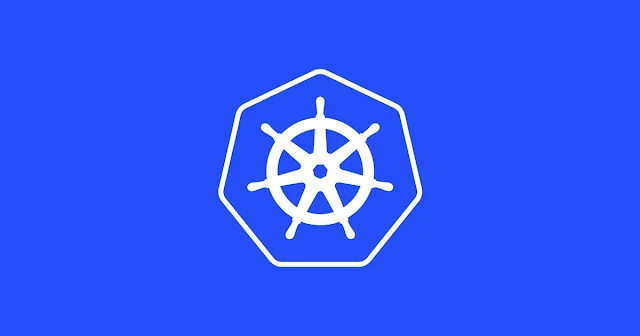Failing
to ensure production grade infrastructure & fault tolerance: If
you are creating kubernetes cluster for production then make sure that
you are selecting production grade virtual machine nodes . If you are
using dev/test grade virtual machine nodes in production then you are in
trouble! If you are using nfs server for storing your logs of
microservices then make sure that the nfs server is also production
grade. It will be a best practice to use dynamic premium storage class
based persistent volumes instead of nfs server. Enable minimum and
maximum nodes according to your predicted production loads while
creating the kubernetes cluster. Finally, make sure that your kubernetes
cluster is available in multiple availability zones.
Neglecting
Resource Management and AutoScaling: Kubernetes manages resources such
as CPU, memory, and storage for your application containers. Neglecting
resource management can lead to performance problems or even application
failures. Make sure to properly define resource requests and limits for
your containers to ensure efficient resource allocation and prevent
resource contention. It's also recommended to enable Horizontal pod
Autoscaler and Vertical Pod Autoscaler for your microservices.
Skipping
Liveness and Readiness Probes: Liveness and readiness probes are
essential for maintaining application health and availability in
Kubernetes. Skipping or misconfiguring these probes can result in
situations where unhealthy or unready containers are still considered
operational, leading to poor user experience and potential service
disruptions. Always define and configure liveness and readiness probes
appropriately for your application.
Failing to Monitor and Debug:
Kubernetes provides various monitoring and logging mechanisms that can
help you understand the behavior of your applications and the cluster
itself. Failing to implement proper monitoring and debugging practices
can make it challenging to identify and resolve issues when they occur.
Establish a robust monitoring and logging strategy from the beginning to
aid troubleshooting and performance optimization.
Faulty
Configuration in Internal or External Reverse Proxy and Loadbalancer:
Misconfiguration and Failing to implement accurate ingress rules,
backend configuration, listeners, healthprobes, backend pool, settings
etc. can make the situation worse and can take you to the
troubleshooting maze.
By avoiding these common mistakes and
following best practices, you can navigate Kubernetes more effectively
and prevent yourself from falling into Kubernetes hell.

0 comments:
Post a Comment